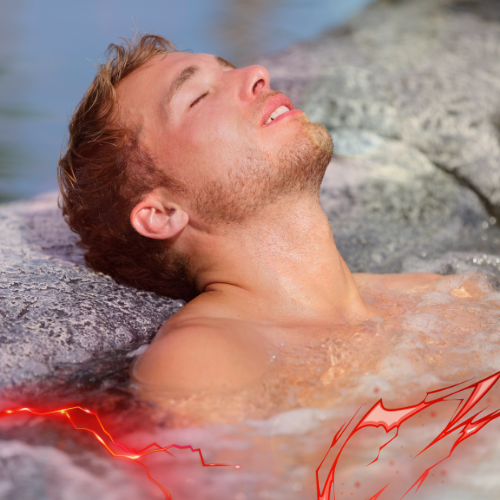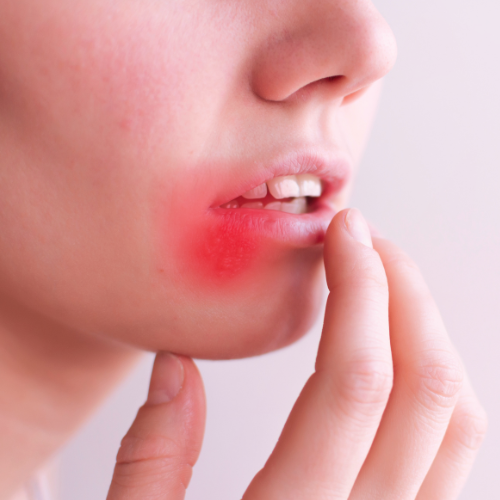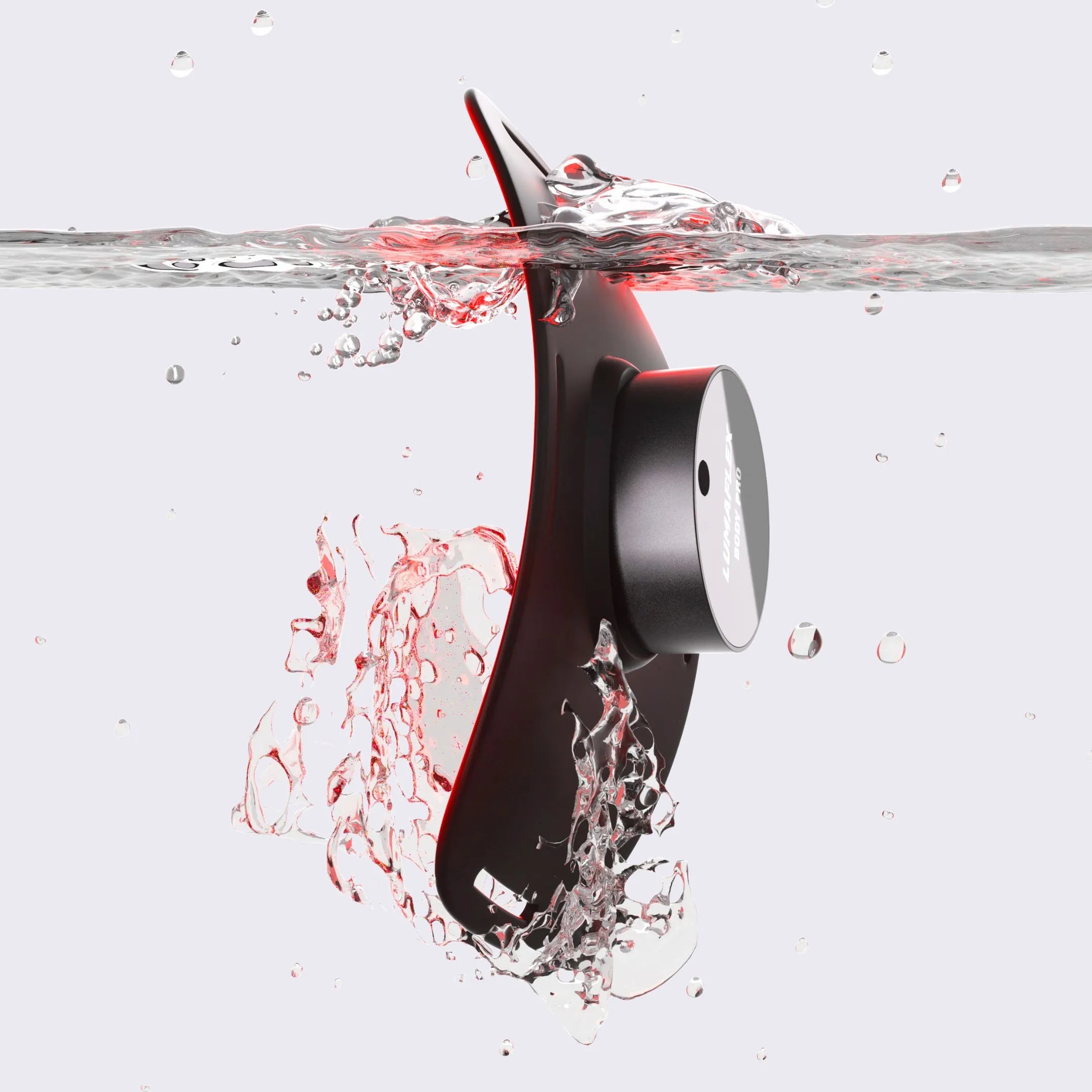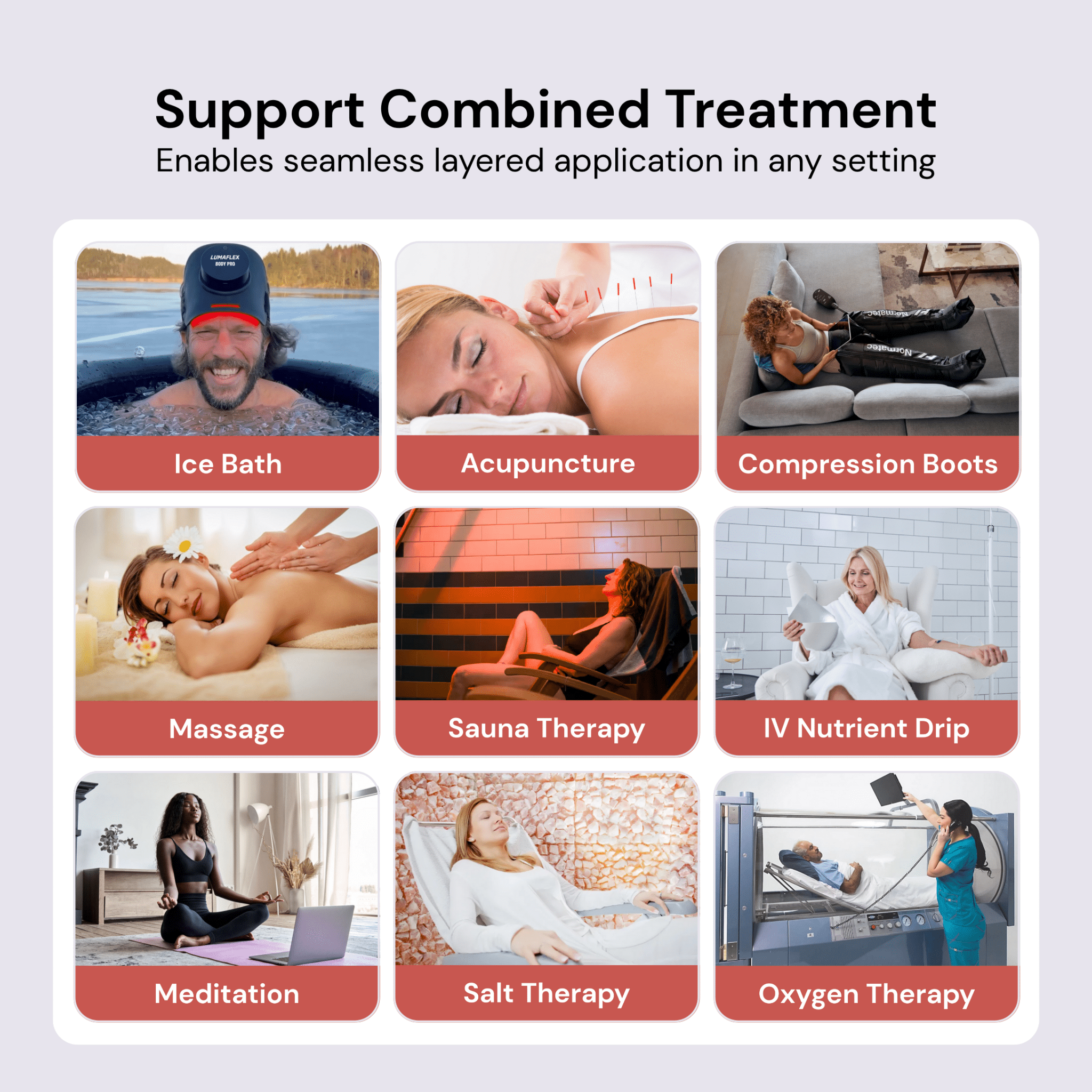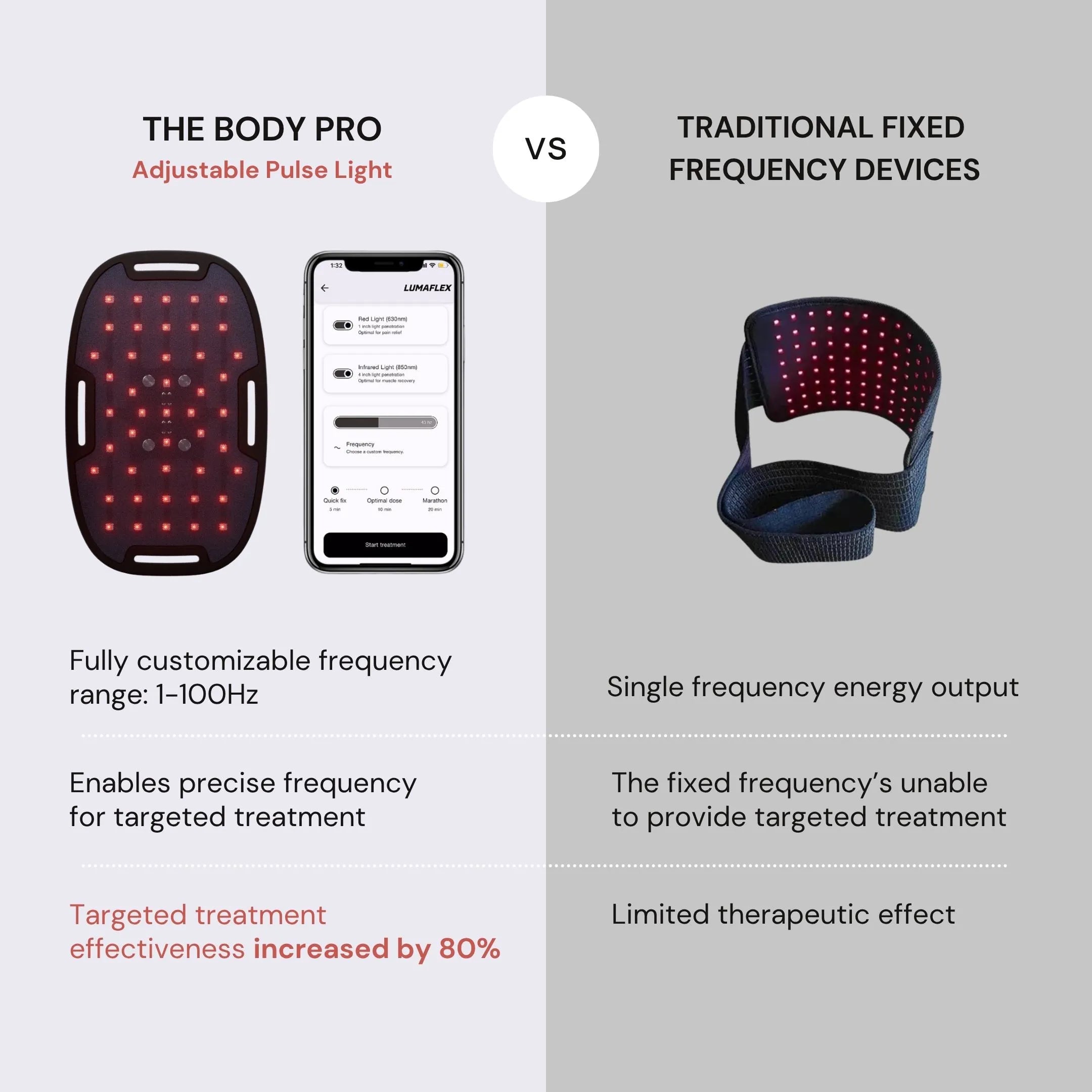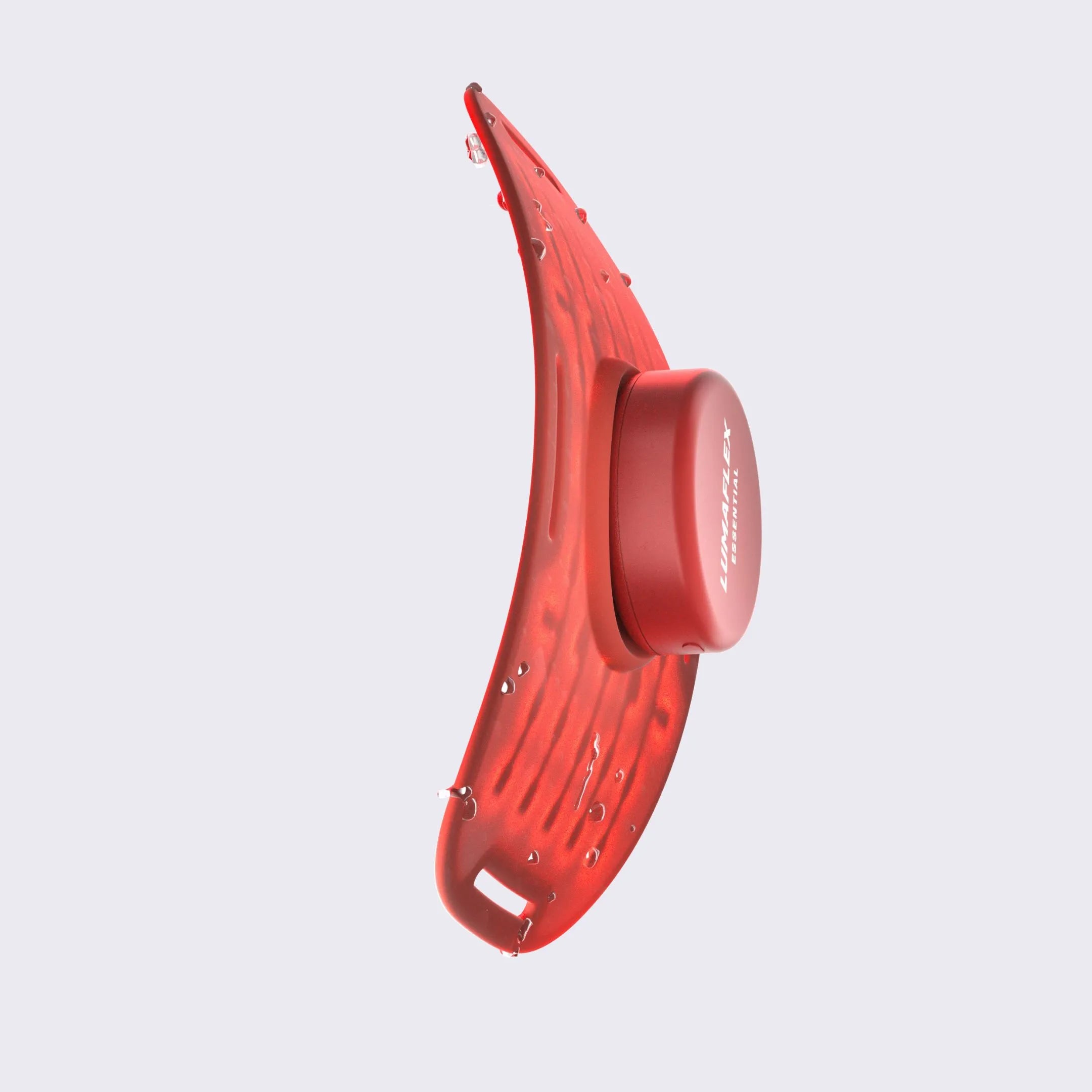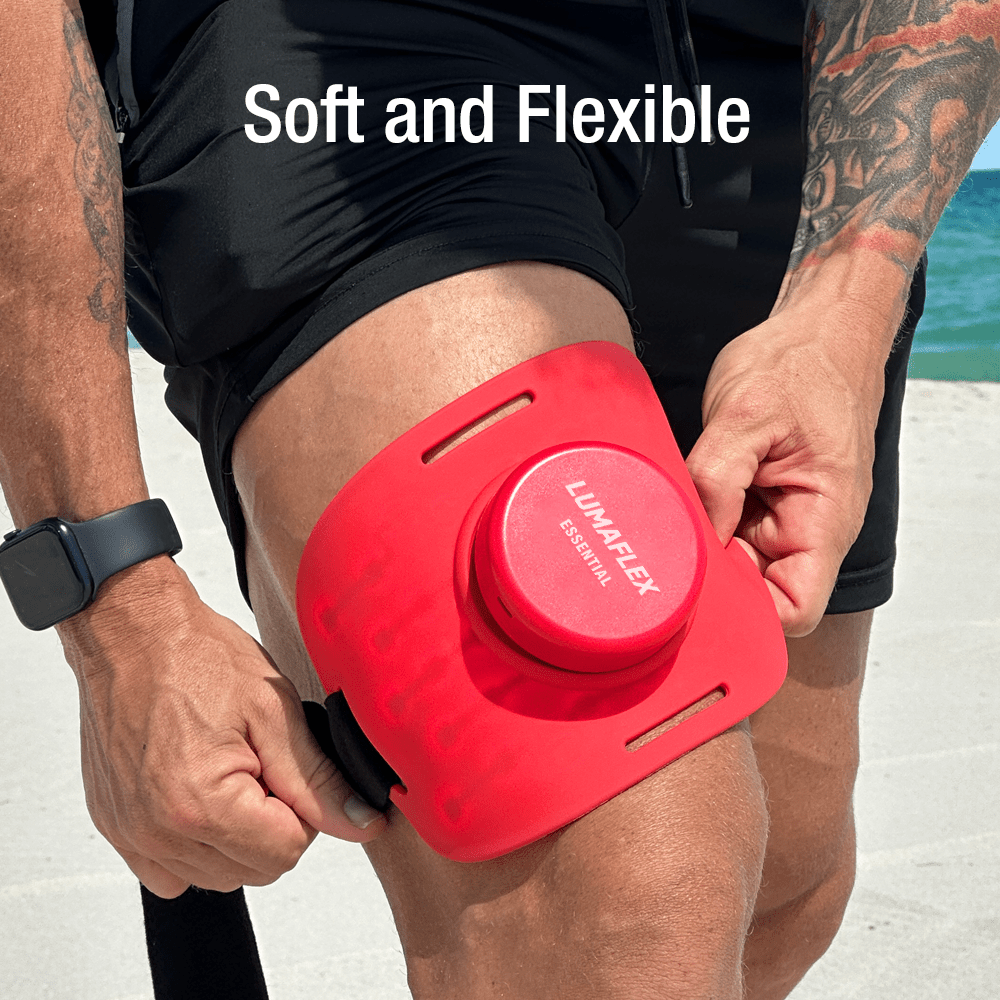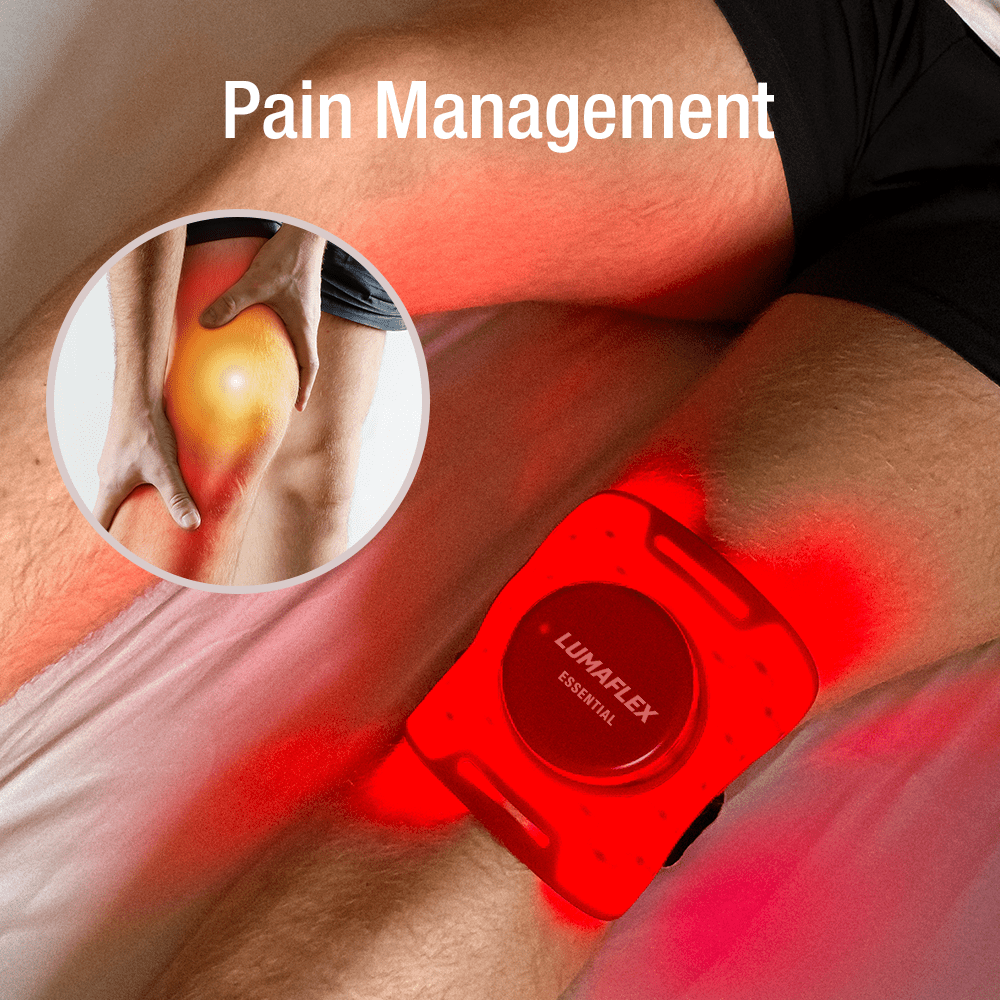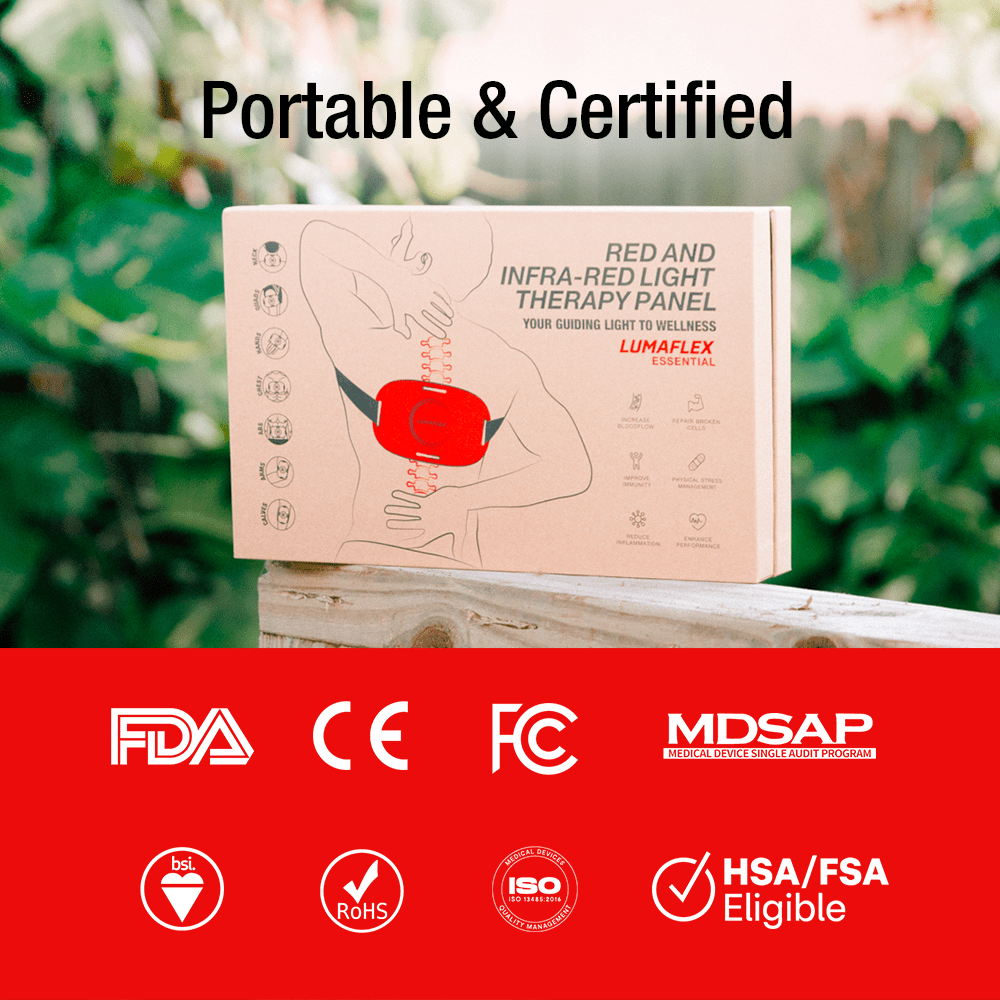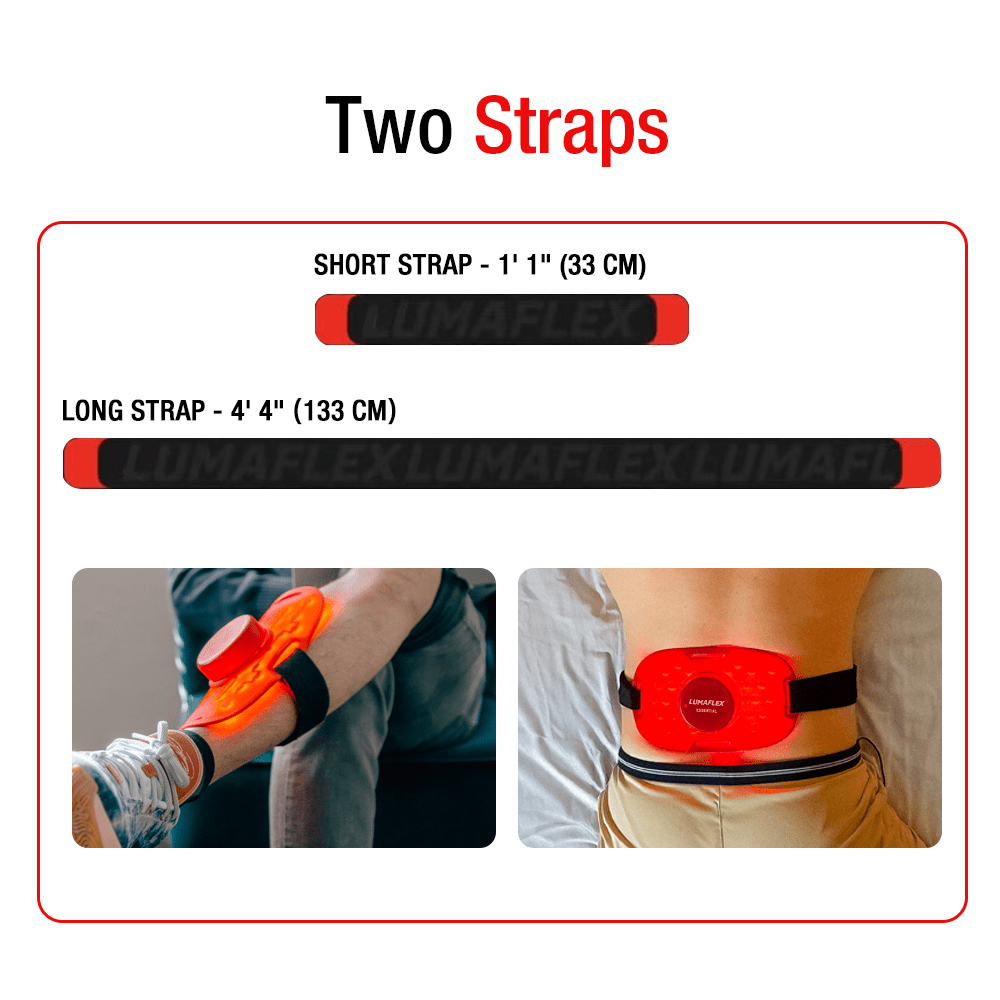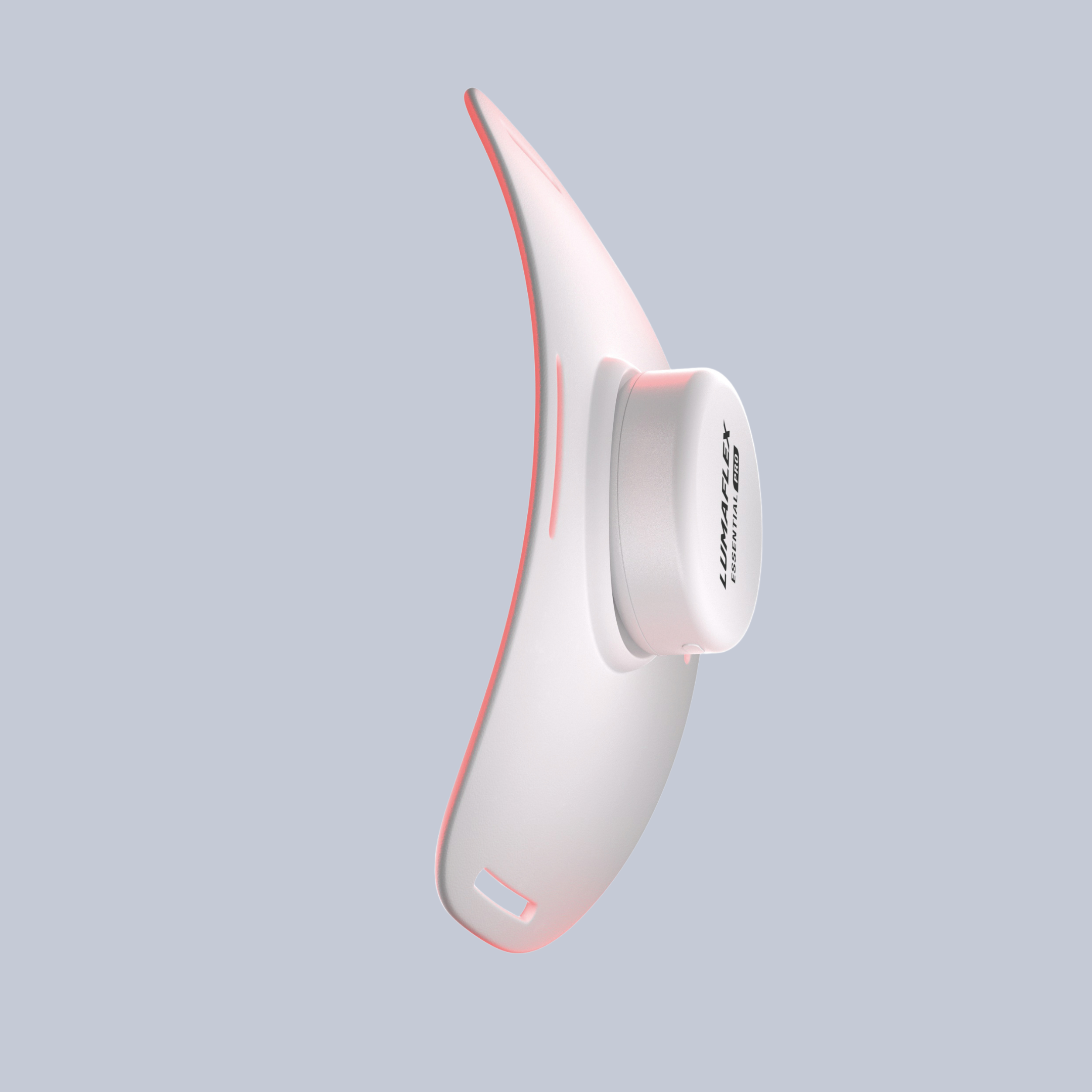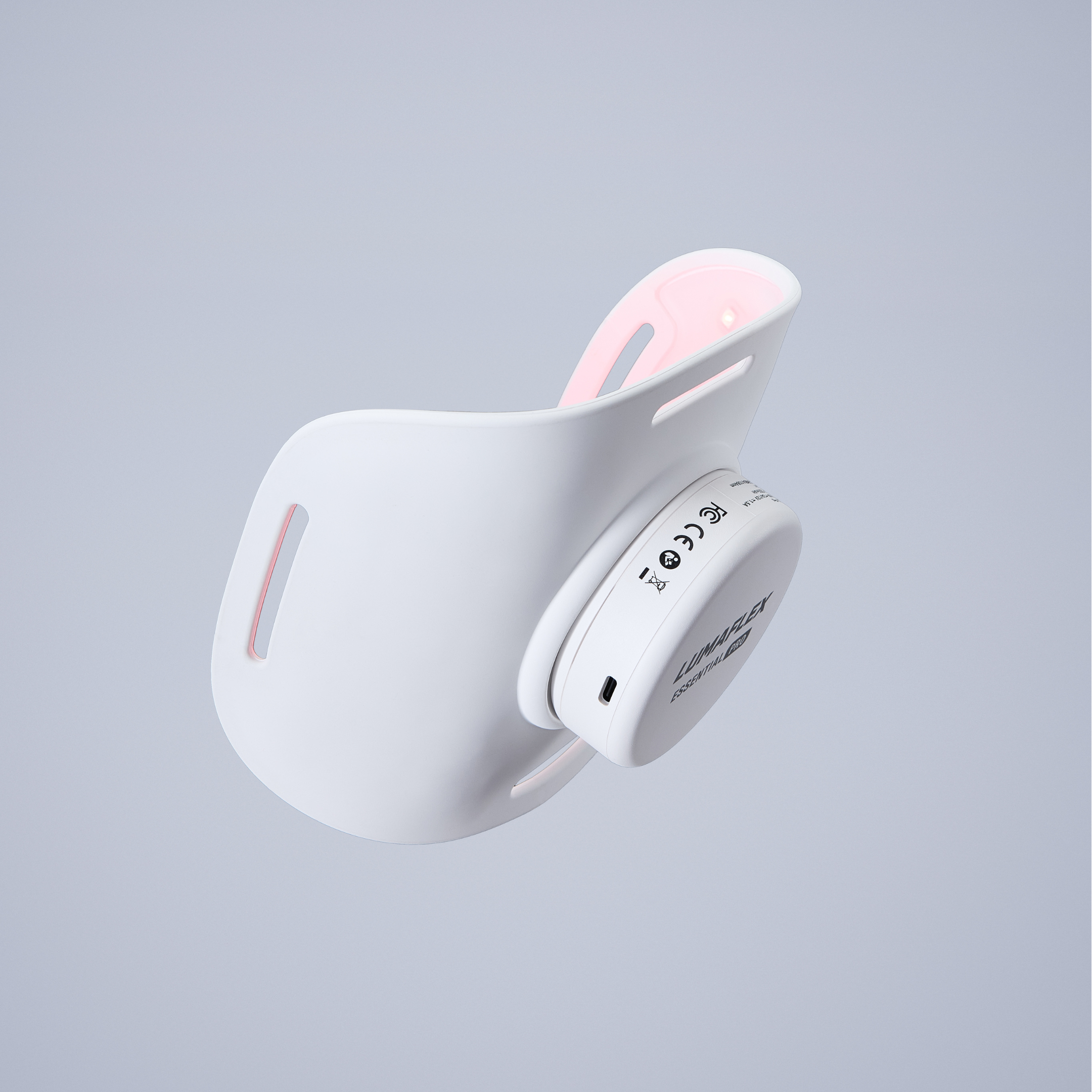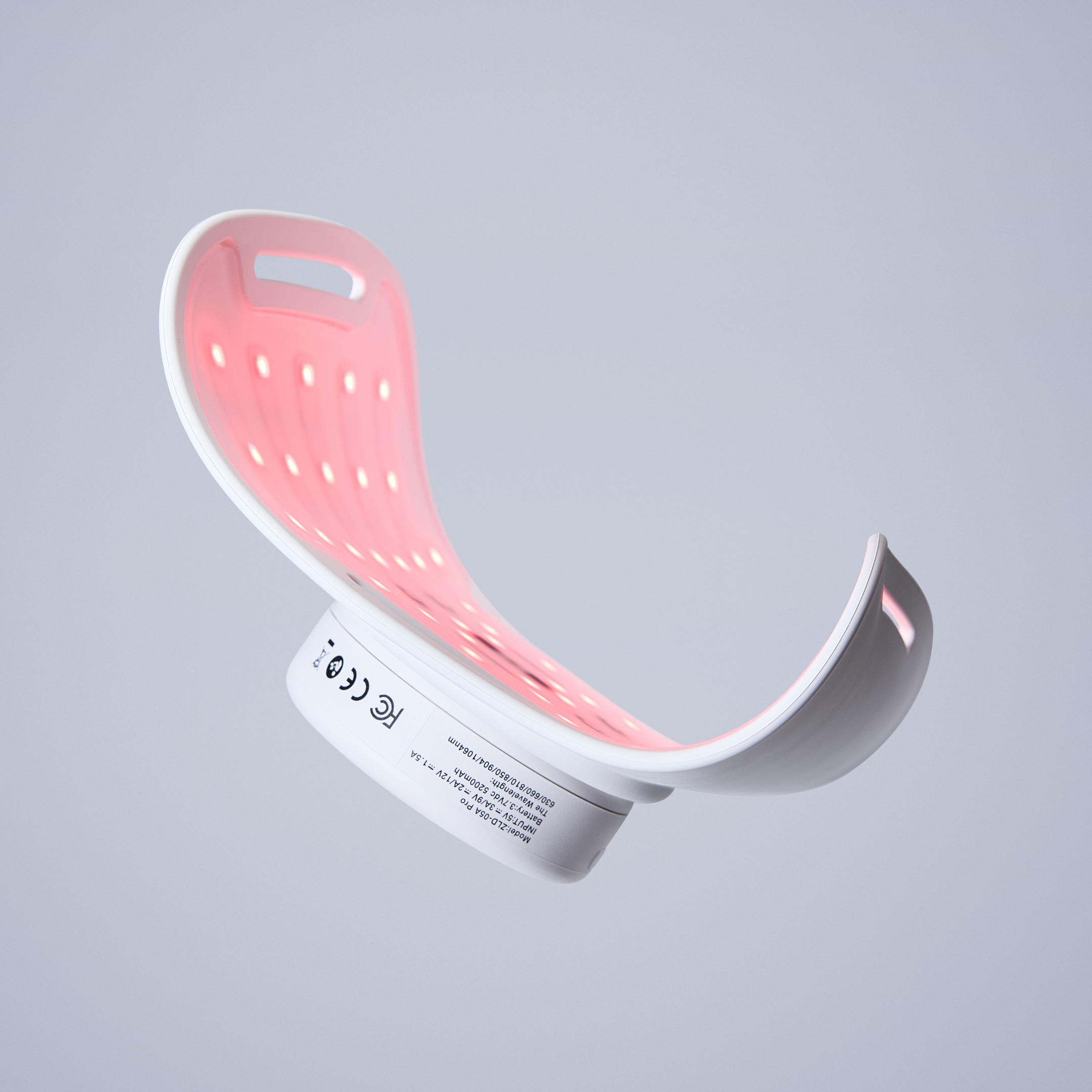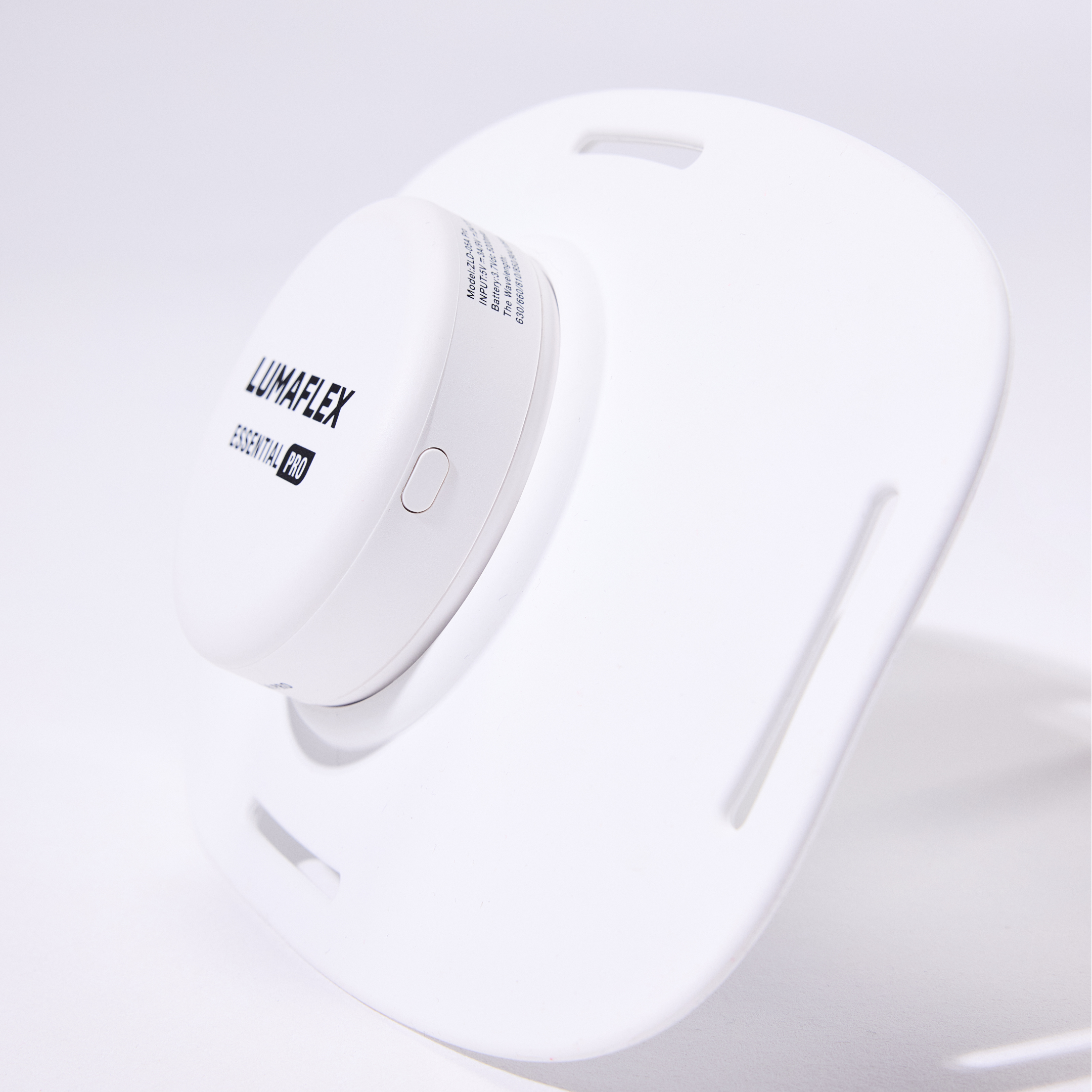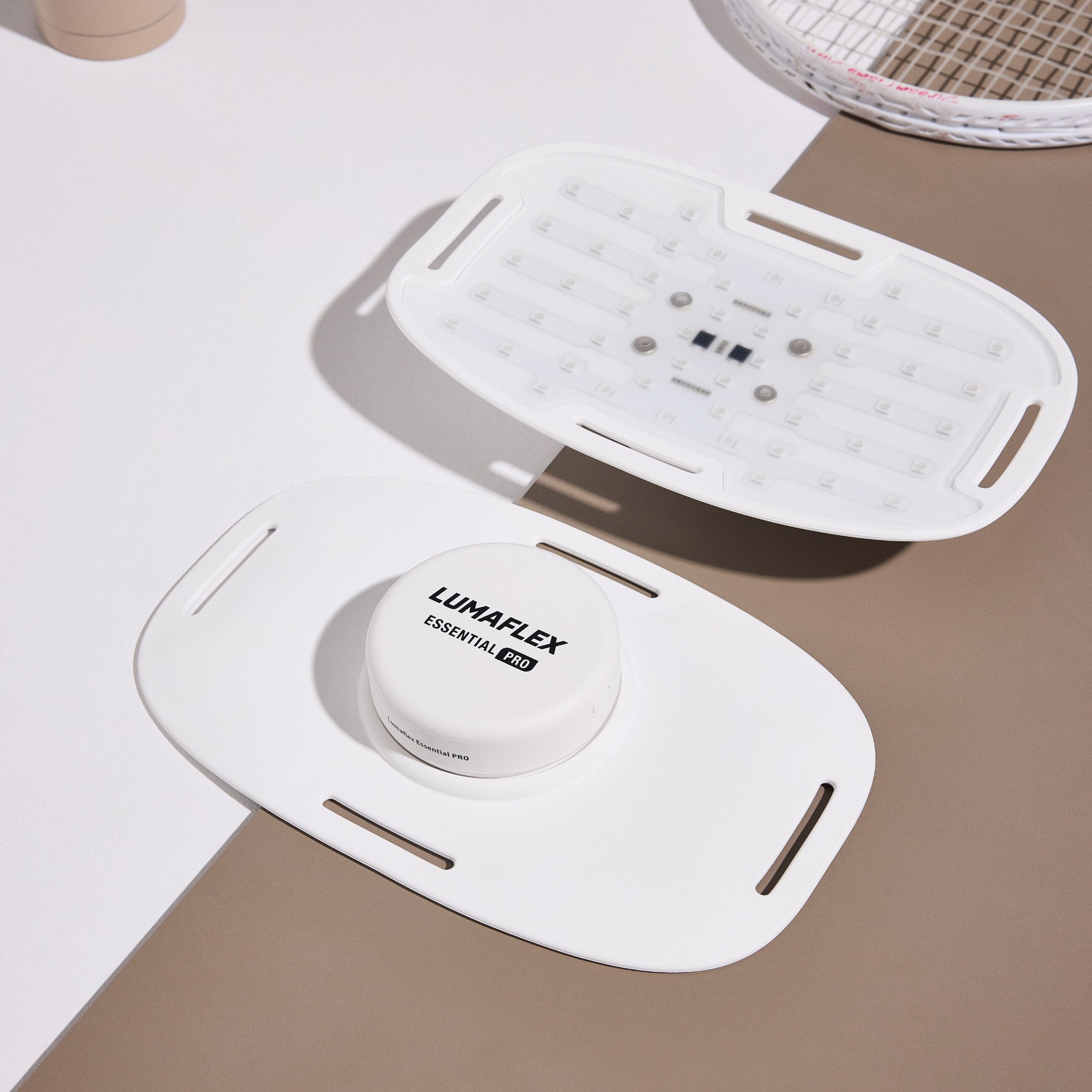Relax and Rejuvenate: The Power of a Warm Bath for Sore Muscles

Warm Bath for Sore Muscles: Many of us have turned to warm baths as a simple, comforting way to ease sore muscles after a long day or intense workout. Whether it’s soaking in hot water after exercising or just taking a moment to unwind, a warm bath is a popular self-care routine anyone can enjoy. It’s a small act that can make a big difference in how you feel—relaxed, refreshed, and ready to tackle what’s next.
In this article, we’ll explore the amazing benefits of warm baths for muscle recovery and how to make this soothing practice part of your daily or weekly routine. We’ll also introduce some science behind why warm baths work and share tips to get the most out of your self-care time. Plus, we’ll look at how other helpful practices, like red light therapy, can supercharge your recovery process.
So, tell us—do you use warm baths for muscle recovery?
Table of contents
The Science Behind Warm Baths and Muscle Recovery
How Warm Water Boosts Blood Flow and Promotes Healing
So, why does soaking in a warm bath help ease sore muscles? When you immerse yourself in hot water, it causes your blood vessels to expand, a process called vasodilation. This increased blood flow helps deliver oxygen and nutrients directly to your muscles, which supports quicker healing and reduces stiffness and soreness.
The Role of Endorphins in Pain Relief
Relaxing in warm water also triggers your brain to release endorphins—natural chemicals that act as your body's own painkillers. These endorphins help lessen discomfort, promote relaxation, and improve your mood. That’s why a warm bath can instantly make you feel more at ease after physical exertion or a stressful day.
The Role of Endorphins in Pain Relief
Relaxing in warm water also triggers your brain to release endorphins—natural chemicals that act as your body's own painkillers. These endorphins help lessen discomfort, promote relaxation, and improve your mood. That’s why a warm bath can instantly make you feel more at ease after physical exertion or a stressful day.
Do Epsom Bath Salts Work?
Many people swear by adding Epsom salts to their baths, wondering if it truly helps. Epsom salts are made of magnesium sulfate and are believed to be absorbed through the skin. Magnesium is known to:
- Reduce inflammation
- Help relax muscles
- Curb cramps
While scientific evidence is still building, many find that soaking in an Epsom salt bath can boost relaxation and speed up muscle recovery, making it a popular addition for those looking to enhance their bath experience.

This graph illustrates a positive, nonlinear relationship between increased blood flow and muscle recovery. As blood flow rises above normal levels, the muscle recovery rate accelerates, eventually approaching an optimal threshold. This visual highlights how enhanced circulation can significantly support the healing and regeneration of muscle tissue.
Enhancing Your Self-Care Routine with Warm Baths
Taking a warm bath isn’t just about physical relief. It’s also a powerful way to boost your mental well-being. When you soak in hot water, it helps slow down your mind and relax your body. Many people find that a bath reduces stress, calms racing thoughts, and leaves them feeling more centered. This sense of relaxation can carry over into your daily life, helping you feel more balanced and happier overall.
Compared to a quick shower, a warm bath offers longer-lasting benefits. While showers are great for basic cleanliness and refreshment, soaking in hot water allows you to unwind fully. It creates a calming environment where you can take a moment just for yourself—focusing on breathing, releasing tension, and practicing mindfulness.
When you make warm baths a regular part of your self-care routine, you're supporting both mental and physical health. Here are some of the top benefits:
- Reduces stress and anxiety: The warmth helps relax your nervous system.
- Improves sleep quality: A calming bath before bed can promote better rest.
- Boosts mood and mental clarity: The relaxation helps clear your mind.
- Supports physical recovery: Eases muscle tension and soreness.
- Encourages mindfulness and self-reflection: Creating a peaceful space for yourself.
Incorporating warm baths into your self-care routine is an act of kindness to yourself. It’s an easy, affordable way to nurture your body and mind. Whether you add essential oils, play calming music, or just enjoy the quiet moments, a hot bath can become a cherished ritual that enriches your overall wellness.
Safety Measures When Using Warm Bath for Sore Muscles Recovery
While warm baths are wonderful for relaxing sore muscles, safety should always come first. Controlling the water temperature is key to preventing burns or overheating. The ideal range is usually between 92°F and 104°F (33°C to 40°C). Anything hotter can risk burns, especially if you stay in too long. Always test the water with your hand or a thermometer before stepping in.
Soaking time is another important factor. Experts recommend limiting your bath to about 15-20 minutes. Staying in longer can lead to dizziness, dehydration, or drops in blood pressure. Listen to your body. If you start feeling lightheaded or uncomfortable, it’s time to get out and hydrate.
Special care is needed for certain groups, like the elderly or those with health conditions. Lowering the water temperature slightly and keeping the soak time shorter can help avoid accidents. For seniors, it’s best to have someone nearby when taking baths or to use grab bars for added safety.
FAQs on Warm Bath for Sore Muscles Recovery Safety
What is better for sore muscles, cold or warm baths?
Both have their benefits. Warm baths help relax muscles, increase blood flow, and reduce stiffness, making them ideal for general muscle recovery. Cold baths or ice packs are better immediately after intense activity to reduce inflammation and swelling. Choose based on your specific needs or alternate between the two for optimal results.
What's the fastest way to recover from sore muscles?
A combination of gentle stretching, hydration, proper nutrition, rest, warm baths, and possibly red light therapy can speed up recovery. Avoid overexertion and listen to your body’s signals for a quicker healing process.
Is hot water good or bad for sore muscles?
Hot water is generally good because it relaxes tense muscles and boosts circulation. However, extremely hot water or long soaking periods could lead to dehydration or dizziness, especially if not monitored. Use warm water within the recommended temperature range for safety.
What temperature bath is best for muscle recovery?
The best temperature range is between 92°F and 104°F (33°C to 40°C). This provides effective relief without risking burns or overheating. Always test the water first and keep your soak time around 15-20 minutes.
Taking these simple precautions can make your warm bath a safe and enjoyable part of your muscle recovery routine.
Red Light Therapy: A Complementary Practice to Warm Bath for Sore Muscles

What Is Red Light Therapy?
Red light therapy is an innovative treatment that uses specific wavelengths of red and near-infrared light to promote healing. When directed at sore muscles, these wavelengths penetrate the skin and stimulate the mitochondria, the energy centers of your cells. This process encourages faster cell repair, reduces inflammation, and alleviates soreness. It’s a safe, non-invasive way to support your body’s natural healing abilities and accelerate muscle recovery.
How Combining Red Light Therapy and Warm Baths Benefits You
Using red light therapy alongside a warm bath can significantly enhance your muscle recovery routine. The heat from the bath helps relax muscles and improve blood flow, preparing your tissues for healing. Meanwhile, the red light therapy stimulates cellular regeneration more deeply, leading to faster healing and reduced inflammation. Together, these practices create a powerful synergy that can help you recover quicker from workouts, injury, or muscle fatigue.
Post-Bath Red Light Therapy: Easy and Effective
Many waterproof red light therapy devices are now available, making it simple to add this treatment to your post-bath routine. Here are some ways to get the most out of your therapy sessions:
- Apply the device directly to sore or tight muscle areas.
- Use it for 10-20 minutes per session.
- Incorporate red light therapy into your routine 2-3 times a week for optimal results.
- Combine with gentle stretching or relaxation techniques for added benefits.
This straightforward, relaxing practice can support faster recovery, less pain, and improved overall muscle health. Plus, its convenience and safety make it an excellent choice for anyone looking to boost their self-care routine naturally.
Conclusion
Incorporating a warm bath for sore muscles as part of your holistic self-care routine offers numerous benefits, from reducing muscle tension and promoting relaxation to supporting faster recovery. When combined with innovative practices like red light therapy, you can amplify these benefits even further. Red light therapy helps accelerate muscle healing, reduce inflammation, and ease soreness, making it an ideal complement to your post-bath recovery routine.
By prioritizing both physical and mental wellness through these simple yet effective self-care practices, you invest in your overall health and resilience. Taking the time for these routines empowers you to feel your best, whether recovering from a workout, managing soreness, or simply seeking relaxation.
Ready to elevate your recovery game? Try our selection of red light therapy devices today to enhance your muscle recovery and self-care routine. Embrace these powerful tools to support your body’s natural healing and achieve the relaxation and wellness you deserve.
Related Readings
- Unlocking Recovery: Photobiomodulation Therapy for Post-Exercise Recovery
- Recovery with Red Light Therapy for Injuries
- Red Light Therapy for Sauna: The Ultimate Upgrade for Recovery and Longevity
- Lumaflex Honored with the 2025 Wellness and Longevity Choice Award for Physical Recovery and Performance
- Feeling Knotted? How Red Light Therapy for Muscle Recovery Can Help Athletes
- Before You Sweat: Red Light Therapy for Athletes is the New Hit
- Red Light Therapy for Bruises: Speedy Healing Solution
- Holistic Healing: Combining Salt Chambers and Red Light Therapy for Brain Injury
- The Healing Power of Red Light Therapy Device and Cold Plunge
- Red Light Therapy for Pain 101: Benefits and How It Works

